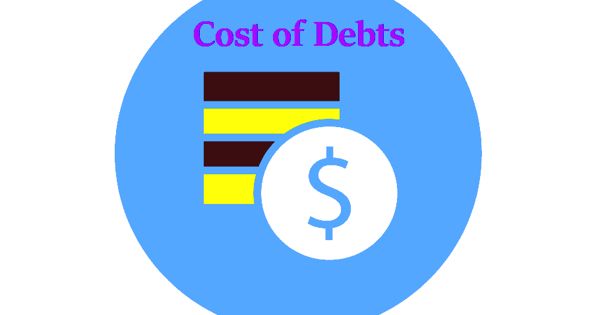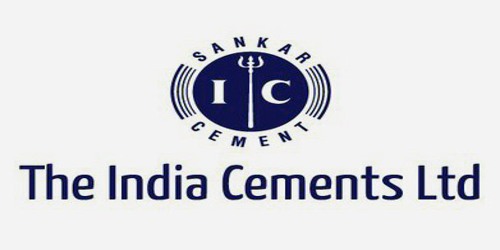Types of Cost of Debts
The cost of debt is the overall average rate an organization pays on all its obligations. It is the rate a company pays on its debt, such as bonds and loans. These typically consist of bonds and bank loans. “Cost of debt” usually appears as an annual percentage. It is a part of a company’s capital structure (along with the preferred stock, common stock, and “cost of equity”). To calculate the cost of debt, a company must determine the total amount of interest it is paying on each of its debts for the year.
(1) Cost of Perpetual Debt
The debt on which maturity period is not given is called perpetual debt. It is the rate of return which the lenders expect. The cost of such bond is computed as below:
Condition 1: when the bond is selling at face value:
Cost of debt (Kdt) = Interest rate X ( 1- Tax rate) = Kb(1-t)
Condition 2: when the bond is selling below or above the face value: Kdt = 1/NP X (1-t)
(2) Cost of Non-perpetual Debt or Debt With Maturity Period
When the life or maturity period of debt is given, such debt is known as Non-perpetual debt or debt with a maturity period. If the interest was not paid out periodically, you receive all of the interest that has accrued since the bond was issued.
(3) Cost of Debt Issued on Redeemable Condition
In most cases, the face value of debt is refunded at the end of the maturity period. However, some bonds and debentures are repayable at premium or discount. In such a condition, the amount of interest is computed on the basis of face value and the cost is computed on the basis of redemption. The correct way to calculate the cost of redeemable debt is by using an internal rate of return (IRR) approach – ie, the discount rate that sets NPV at zero. The redemption value is computed as below:
- When bonds/debentures are repayable at a premium:
Repayable value = Face value + premium on redemption
- When bonds/debentures are repayable or redeemable at discount:
Repayable value = Face value – Discount on redemption
(4) Cost of Callable Debt
The debt, which is refunded by the company before the maturity period is called callable debt. A callable bond allows the issuing company to pay off their debt early. The time at which the amount is refunded is called call period (NC) and the amount refunded is called call price (CP).
















